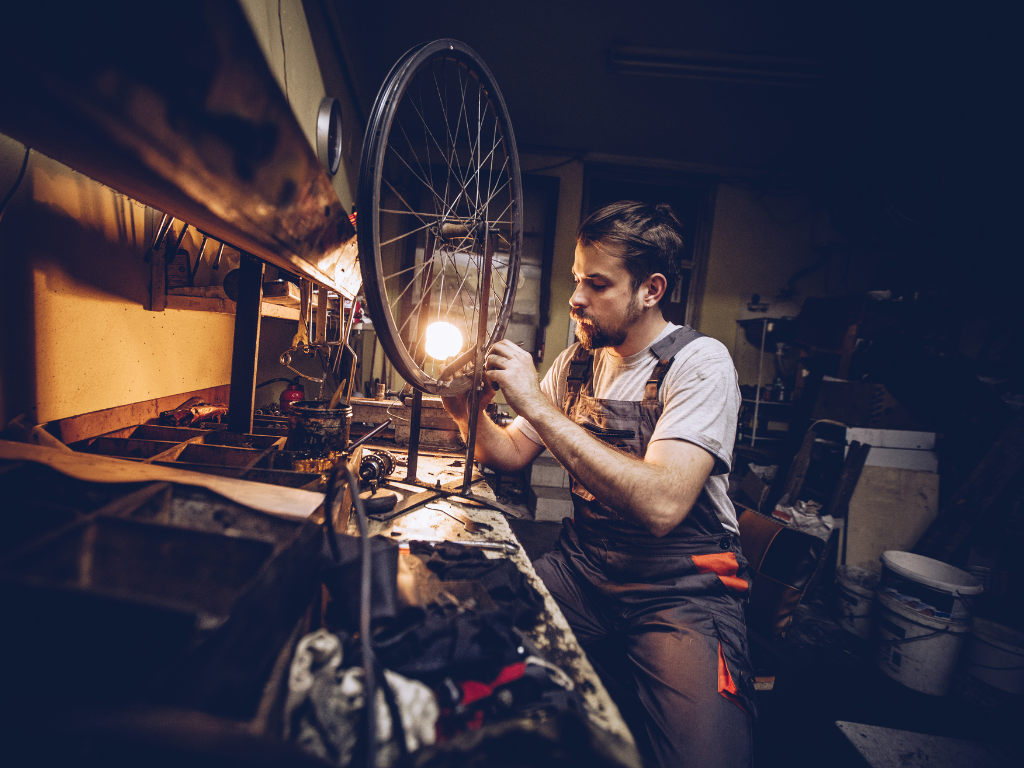
Metal vs Resin MTB Brake Pads
Brake pads are one of the easiest ways to fine-tune a bike for where you’re riding.
Resin brake pads
Resin pads, also known as organic or semi-metallic pads, are made from a mix of fibres bonded together by a strong adhesive. These fibres are softer than metal, which generally means they are quieter, but wear faster - and even faster in wet conditions.
Metal brake pads
Metal, sometimes called sintered, pads are made from metallic particles fused together. This compound is often used for OEM spec, meaning they come stock on bikes from the manufacturer. Metal brake pads plus points are versatility, durability, and their ability to handle a wide variety of conditions, which is why many cars and motorcycles use metallic brake pads.
Weather
The main reason to go with metal brake pads is the weather. In rainy places metal pads will last longer, saving you money and extending service intervals. If you live and ride in an area that gets a lot of rain, you’ll have to replace your resin pads after only a few rides. Of course that gives you the opportunity to mix and match between summer and winter pads if you live somewhere like our own Southern Lakes region, which can be very wet in winter, but extremely dry over summer.

Resin (l) and metal (r) ventilated brake pads.
Noise
Noisy brakes are horrible and disc brake pads can scream loud enough to wake the dead. Heat, moisture, dust, oil, and other grime can cause brake pads to be noisy. Metal pads are particularly susceptible to loud squealing when contaminated. Resin pads tend to be a lot quieter even when contaminated.
Bite and Modulation
Metal and resin brake pads slightly differ in power delivery and modulation. You can use that difference to customise the control characteristics of your bike – as brakes can also influence how your suspension works. Metal brake pads have a more aggressive bite, with a definitive ‘on-off brake’ feel. Resin pads have a modulated, ‘ramped’ feel, which is good if you want maximum control over the amount of braking power you’re applying.
Terrain and riding style
On loose, dusty trails, with sketchy traction, a resin pad may provide more measured power delivery to maintain grip. Tracks that have precise braking points with predictable traction can be better suited for the on-off power of metal pads. The modulation of the pad compound can also affect the suspension tune under hard braking.
Heat management
Heat buildup is also a factor in brake pads and heat dissipation can help reduce brake fade. Resin pads are more likely to fade quicker than metal pads as a result of heat buildup. So if you are riding very steep terrain where you are going to be on your brakes a lot and generating a lot of heat, then resin pads are not the way to go.
Resin vs Metal Brake Pads
At the end of the day it comes down to personal preference, riding conditions, and the type of riding you are doing. You really have to try both types of pads and consider mixing and matching to the conditions.
If you need more specific advice on the best pads for the riding you like to do, please get in touch with the experts in Outside Sports bike shops in Queenstown and Wanaka.



